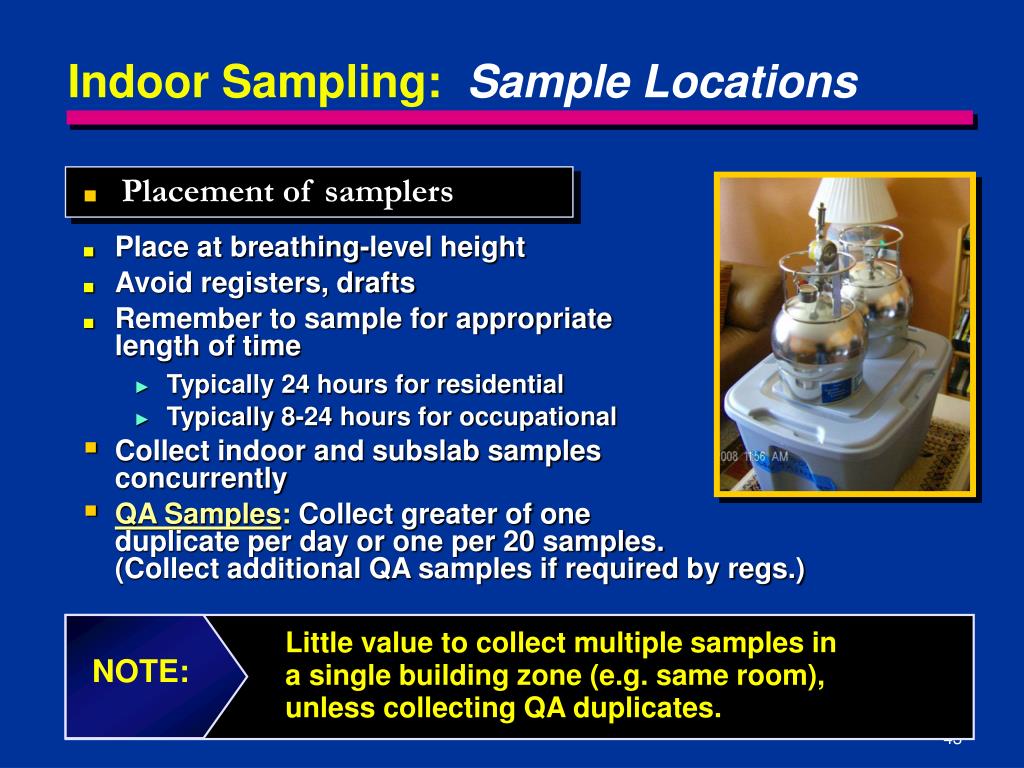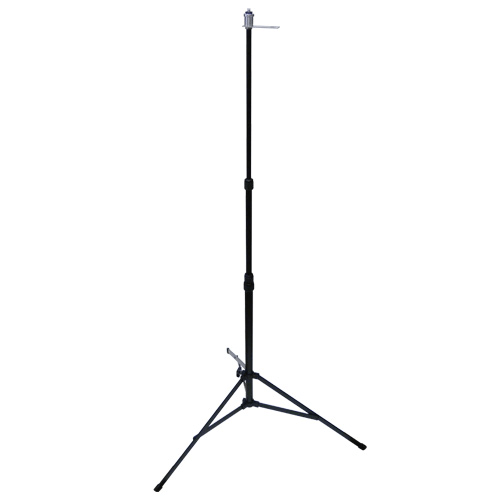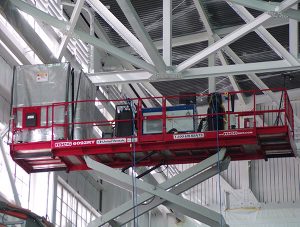

used magnetic resonance imaging (MRI) to assess manganese accumulation in welders’ brains in machine-building and iron melting plants. reported high incidence rates of neurological symptoms of manganism as well as disorders such as anxiety, depression and confusion among welders (Bowler et al., 2006). Neuroimaging studies also focus on this part of the brain (Ma et al., 2018). Cognitive-neurological deficits associated with Mn exposure occur more often in the cerebral cortex, especially in the anterior cingulate cortex. Manganese accumulates in the brain and can cause central nervous system disorders as well as psychiatric disorders (Antonini et al., 2006). Welding fumes containing manganese cause magnetic field heterogeneity and increase rotation of brain protons which will result in shortening the proton relaxation times (Haacke et al., 2005). However, manganese is a vital element in the human body, over-exposure and inhalation of it can produce neurological effects (Curran et al., 2009). Recent studies have shown the effect of manganese on the development of neurological disorders among welders (Flynn and Susi, 2009).

Particles smaller than 1 µm are produced by welding which can easily penetrate pulmonary alveoli (Antonini et al., 2009 Berlinger et al., 2011). Welders are the largest working group exposed to manganese. There is little information on non-pulmonary effects of welding fumes, especially their neurocognitive effects (Antonini et al., 2012). Most studies on welding fumes have focused on their respiratory effects and reported airway cells stimulation, reduced pulmonary function, asthma, bronchitis, pneumoconiosis, or lung cancer (Antonini, 2003). The American Conference of Governmental Industrial Hygienists (ACGIH) has reported the recommended time-weighted average (TLV-TWA) to be 5 mg/m 3 and 0.02 mg/m 3 for fumes and manganese, respectively (ACGIH, 2017). According to statistics, there are 500,000 full-time welders in the United States (Mehrifar et al., 2018) and 5.5 million welding-related jobs in Europe (Amza et al., 2013). Welding fumes have the greatest health hazard compared with other harmful factors (gases, noise, heat, and UV) (Mulyana et al., 2016 Rahmani et al., 2016). Welding is the process of joining metallic components by heating up to the proper temperature with or without a filler metal (Karimi Zeverdegani et al., 2017). The results of this study can confirm the effect of manganese inhalation on creating neurobehavioral and neurocognitive impairments in welders.

There were statistical moderate and strong correlations between the frequency of neurobehavioral symptoms and manganese concentrations in the BZ (r=0.504) and blood Mn levels (r=0.643).The Pearson correlation coefficient (r=0.433-0.690) obtained on the psychological tests showed a moderate to strong correlation between manganese concentrations in the welders' BZ and blood and some indices of the Stroop test and CPT. Spearman correlation test showed a moderate correlation between Mn concentrations in the BZ and blood Mn levels (r s = 0.352). Frequency of neurobehavioral symptoms was significantly higher in welders compared with control group. Average concentration of manganese in the welders' BZ and blood was 0.81 ± 0.21 mg/m 3 and 18.33 ± 5.84 µg/l. Sampling and analysis of manganese fumes in the BZ and blood samples were performed according to NIOSH-7300 and NIOSH-8005 methods, respectively. The computerized Stroop test and Continuous Performance Test (CPT) were used to assess neurocognitive functions. Q16 questionnaire was used to evaluate neurobehavioral symptoms.

In this study 38 welders and 27 administrative employees participated. This study aimed to measure concentrations of manganese fume in breathing zone (BZ) and blood among welders to assess neurocognitive and neurobehavioral functions among them.


 0 kommentar(er)
0 kommentar(er)
